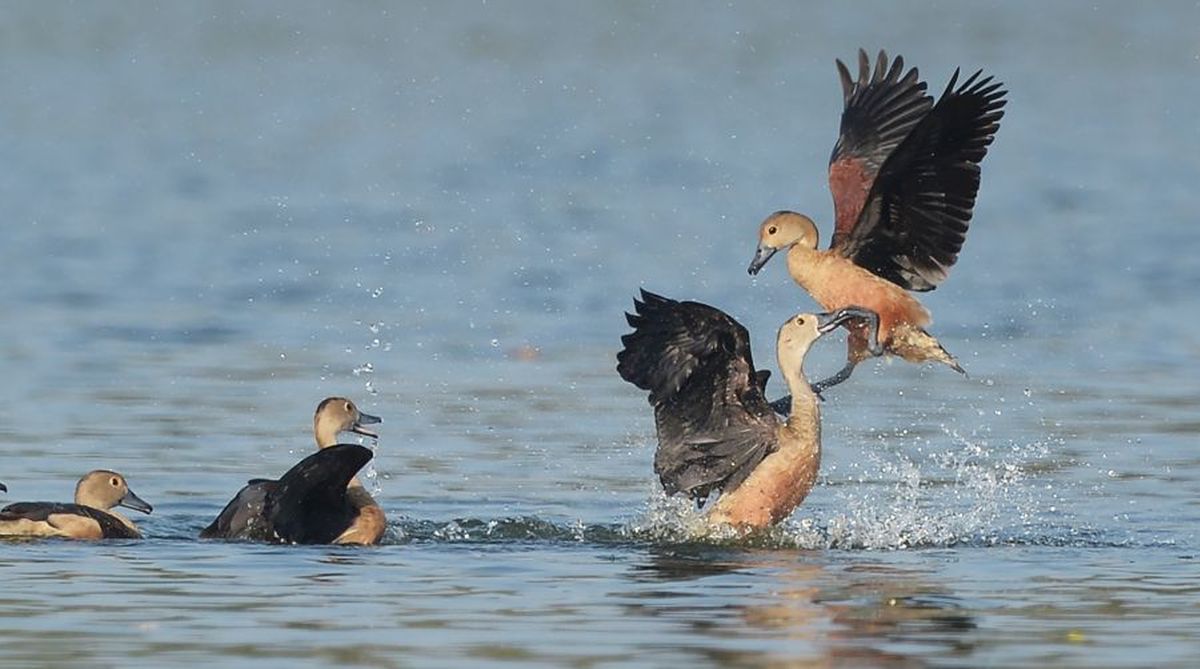The annual mid-winter survey of migratory waterfowl will begin in north Bengal in January next year. The Himalayan Nature and Adventure Foundation (HNAF) will carry out the exercise.
The organisation has been studying the waterfowls in the region for more than 20 years.
The survey will be undertaken at the Mahananda barrage in Fulbari near Siliguri, the Teesta barrage in Gajoldoba, and lakes at Narathali Bil in Alipurduar and Rashik Bil in Cooch Behar districts.
Nature lovers have voiced concern over a marked fall in the number of the winged guests.
“As part of the annual wetland survey for migratory waterfowls, we will carry out a survey at four places of north Bengal–Mahananda barrage, Gajaldoba, Nararthali Bil and Rasik Bil–in January. It will give us an idea of the presence of a particular species. In order to maintain the ecological balance, there is a need for existence of all creatures, including birds,” HNAF coordinator Animesh Bose said.
During the survey, pictures, which will be taken, will be analysed and compiled, Mr Bose added.
The winged guests generally fly in from Tibet, China, Mongolia, East Europe, Siberia and Ladakh. Rasikbeel, Fulbari barrage, Gajaldoba, Nararthali are some common places where thousands of migratory birds of different species normally fly to in the first or second week of December every year to spend the winter season. HNAF also monitors the arrival of the birds in the Gorumara and Jaldapara national parks and Murti.
The survey generally focuses on the species of fowls, the number, the condition of the water bodies and threats.
The organization sends its reports to the Asian Wetland Bureau annually. The Kuala Lumpur-based conservation organization publishes regular reports and surveys and conducts research work on the wetlands and migratory waterfowls.
Mr Bose said that the number of birds arriving here had declined as per an overall trend.
“There are a number of reasons for that, but indiscriminate and unauthorised fishing, increase in human disturbances caused by picnickers, pollution, siltation, encroachment of water bodies are the major reason behind the declining rate of migration of water birds. The birds were not turning up in adequate numbers at Nararthali a few years ago, but following some steps taken by the forest department, the feathered guests have not only been flocking there in good numbers, but the species has also gone up. However, for Rasik Bil, man-made disturbances like loudspeakers used by picnickers have left the birds insecure, while uncontrolled fishing and hyacinth cover on the lake are other reasons,” he said.











